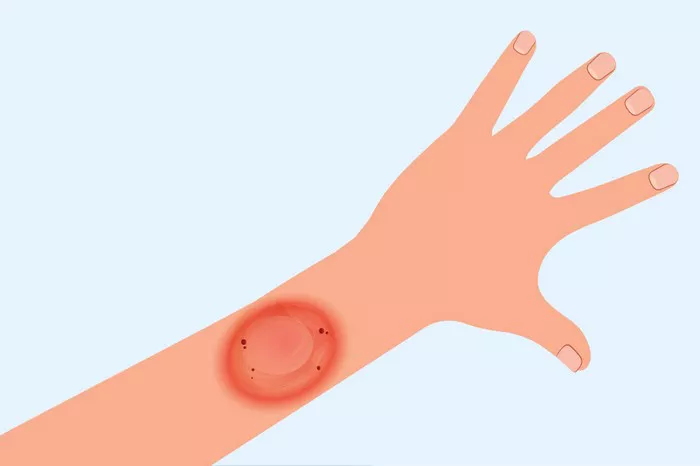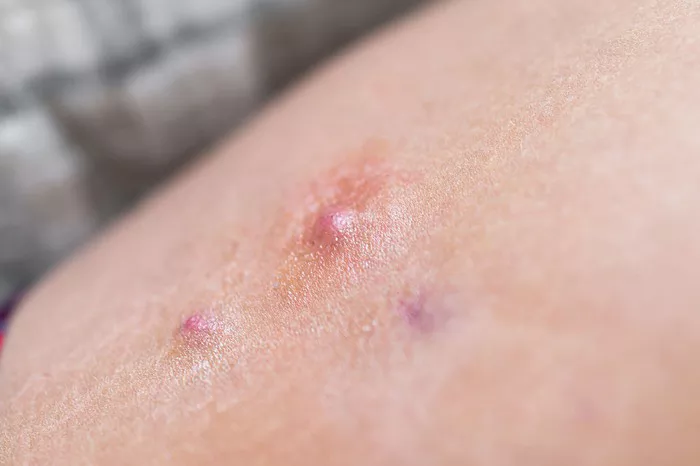Shingles, also known as herpes zoster, is a viral infection caused by the reactivation of the varicella-zoster virus (VZV), the same virus responsible for chickenpox. After an individual recovers from chickenpox, VZV lies dormant in nerve tissues and can reactivate years later as shingles, leading to a painful rash and other complications. Valtrex (valacyclovir) is one of the antiviral medications commonly prescribed to manage shingles. This article explores the effectiveness of Valtrex in treating shingles, its mechanisms, clinical evidence, and considerations for its use.
Understanding Shingles and Its Symptoms
Shingles typically presents as a painful rash on one side of the body or face, often accompanied by other symptoms such as fever, headache, and fatigue. The rash usually forms blisters that scab over in 7-10 days and clears up within 2-4 weeks. However, some individuals may experience complications, including postherpetic neuralgia (PHN), a condition characterized by severe pain persisting long after the rash has healed.
The Role of Antiviral Medications in Shingles Treatment
Antiviral medications are crucial in the management of shingles as they help to:
- Reduce the severity and duration of symptoms: By inhibiting viral replication, antivirals can decrease the intensity of the rash and associated pain.
- Lower the risk of complications: Prompt treatment can reduce the likelihood of PHN and other complications such as bacterial infections of the rash, neurological issues, and vision loss if the rash affects the eyes.
- Hasten healing: Antivirals help speed up the healing process of the blisters and sores.
What is Valtrex?
Valtrex (valacyclovir) is an antiviral medication that belongs to a class of drugs known as nucleoside analogues. It works by inhibiting the replication of viral DNA, thereby preventing the virus from multiplying and spreading. Valtrex is a prodrug of acyclovir, which means it is converted into acyclovir in the body, enhancing its absorption and bioavailability.
Mechanism of Action
Valtrex interferes with the virus’s ability to replicate. Once ingested, valacyclovir is rapidly converted to acyclovir by the body’s enzymes. Acyclovir then competes with viral DNA polymerase, an enzyme critical for viral DNA synthesis. By incorporating itself into the viral DNA, acyclovir terminates the DNA chain, preventing the virus from reproducing and spreading to other cells. This action helps control the infection and reduce the severity and duration of symptoms.
Clinical Evidence of Valtrex’s Effectiveness
Numerous clinical studies have evaluated the efficacy of Valtrex in treating shingles. Key findings from these studies include:
Reduction in Pain and Duration of Symptoms:
A study published in the New England Journal of Medicine found that valacyclovir significantly reduced the duration of pain and accelerated the healing of shingles rash compared to placebo. Patients treated with valacyclovir experienced pain relief approximately 2 days earlier than those who did not receive the medication.
Another study demonstrated that valacyclovir shortened the time to complete crusting of the rash by approximately 1-2 days compared to placebo, indicating faster healing.
Prevention of Postherpetic Neuralgia:
Research has shown that early treatment with valacyclovir can reduce the incidence and severity of PHN. A study published in Clinical Infectious Diseases reported that patients who received valacyclovir within 72 hours of rash onset were less likely to develop PHN than those who received placebo.
Comparison with Other Antivirals:
Valacyclovir has been compared to acyclovir in clinical trials, demonstrating comparable efficacy in reducing pain and promoting healing. However, valacyclovir offers the advantage of less frequent dosing, enhancing patient compliance.
Dosage and Administration
For the treatment of shingles, the recommended dosage of Valtrex for adults is 1,000 mg three times daily for seven days. It is crucial to start the medication within 72 hours of the appearance of the rash to maximize its effectiveness. Delayed treatment may result in diminished benefits and an increased risk of complications.
Safety and Side Effects
Valtrex is generally well-tolerated, with most side effects being mild and transient. Common side effects include nausea, headache, dizziness, and abdominal pain. Severe side effects are rare but can include allergic reactions, kidney problems, and neurological issues such as agitation, confusion, and hallucinations, particularly in elderly patients or those with renal impairment.
SEE ALSO: Can a Back Injury Trigger Shingles?
Special Considerations
Renal Impairment:
Patients with kidney problems require dose adjustments to prevent the accumulation of the drug and reduce the risk of toxicity. It is essential to monitor kidney function and adjust the dosage accordingly.
Immunocompromised Individuals:
Immunocompromised patients, such as those with HIV/AIDS or undergoing chemotherapy, may require prolonged or higher doses of antiviral therapy. Valtrex has been shown to be effective in preventing shingles recurrence in these populations.
Pregnancy and Breastfeeding:
Limited data are available on the use of Valtrex during pregnancy and breastfeeding. However, the benefits may outweigh the risks in certain situations, and it is essential to consult a healthcare provider for individual assessment.
Comparison with Other Treatment Options
While Valtrex is a highly effective antiviral for shingles, it is not the only option available. Other antivirals, such as acyclovir and famciclovir, are also used to treat shingles. The choice of antiviral may depend on factors such as patient preference, dosing frequency, and potential drug interactions.
- Acyclovir: Typically requires more frequent dosing (five times daily) compared to Valtrex, which may affect patient compliance.
- Famciclovir: Another effective antiviral that is dosed three times daily, similar to Valtrex, but may have different side effect profiles.
Non-Antiviral Treatments
In addition to antiviral therapy, other treatments may be used to manage shingles symptoms and complications:
- Pain Management: Over-the-counter pain relievers such as acetaminophen or ibuprofen can help alleviate mild to moderate pain. For more severe pain, prescription medications such as gabapentin, pregabalin, or opioids may be necessary.
- Topical Treatments: Calamine lotion, lidocaine patches, or capsaicin cream can provide relief from itching and pain.
- Corticosteroids: In some cases, corticosteroids may be prescribed to reduce inflammation and pain, though their use is controversial and should be carefully considered by a healthcare provider.
Conclusion
Valtrex is a highly effective antiviral medication for the treatment of shingles, offering significant benefits in reducing pain, hastening healing, and preventing complications such as postherpetic neuralgia. Clinical studies have demonstrated its efficacy and safety, making it a preferred choice for many healthcare providers. Prompt initiation of Valtrex within 72 hours of rash onset is crucial to maximize its therapeutic effects.
While Valtrex is a powerful tool in the management of shingles, it is essential to consider individual patient factors, such as renal function and immune status, when prescribing and dosing the medication. Additionally, a comprehensive approach to shingles treatment may involve pain management, topical treatments, and other supportive therapies to ensure optimal patient outcomes.
For individuals experiencing shingles symptoms, consulting a healthcare provider for timely diagnosis and treatment is vital. Early intervention with Valtrex can significantly improve the quality of life for those affected by this painful condition.
Related Topics:


























